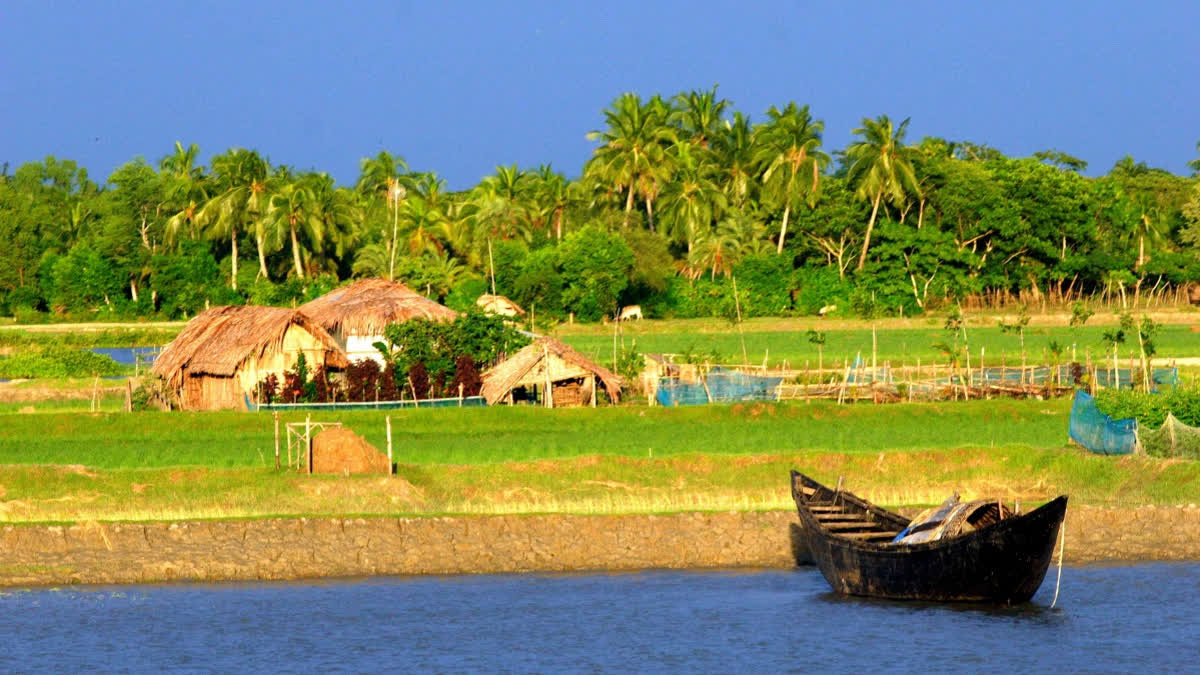As the world pivots toward sustainability, the Ministry of Tourism is giving us a chance to rediscover India through the lens of eco-tourism. With the National Strategy for Eco-Tourism and the revamped Swadesh Darshan 2.0 scheme, the government is charting a thoughtful path to make India a global eco-tourism destination.
From state-specific rankings to sustainable destination development, these initiatives aim to protect the natural and cultural fabric of India while allowing travelers to engage responsibly with its beauty.
Ministry of Tourism, Govt of India has formulated a National Strategy to promote Eco-Tourism to position India as a preferred global destination.
— PIB Tourism (@PIBTour) December 6, 2024
@tourismgoi https://t.co/5A4mxiF45S
Union Minister Gajendra Singh Shekhawat outlined these plans in Rajya Sabha on December 5, 2024, highlighting a renewed focus on ecologically sensitive regions. The Swadesh Darshan 2.0 scheme adopts a destination-first approach, prioritizing environmental, socio-cultural, and economic sustainability.
What Is Ecotourism?
Ecotourism is a special kind of travel where people explore nature in a way that helps protect the environment and supports the local communities. Think of it as a fun and responsible way to visit beautiful places like forests, mountains, or beaches without harming them.
For example, instead of staying in a fancy hotel, you might stay in a small eco-lodge built by locals, eat local food grown in the area, and learn about the animals and plants that live there.
You could go hiking, birdwatching, or even help plant trees, all while making sure you leave the place as clean and natural as it was when you arrived. The goal is to enjoy nature and help protect it so future generations can enjoy it too.
Where the Wild Roams Free
Destination: Kaziranga, Assam
Begin your eco-adventure in Assam’s Kaziranga National Park, a UNESCO World Heritage Site that offers a rare chance to witness the majesty of the Indian one-horned rhinoceros. Beyond its famed wildlife safaris, Kaziranga’s eco-lodges let you immerse yourself in the rhythms of the forest. Opt for a morning canoe ride along the Brahmaputra to see wild elephants grazing by the riverbanks.
Abode Of Clouds
Destination: Living Root Bridges, Meghalaya
Venture to Meghalaya, the “Abode Of Clouds,” where innovation and ecology intertwine. Meticulously grown by the Khasi tribe over decades, the living root bridges of Cherrapunji stand tall in communion with nature. Trek through misty hills, cross the Umshiang Double-Decker Bridge, and stay in homestays that support local communities. Here, eco-tourism is as much about the journey as it is about preserving a way of life.
Green Hills And Organic Stays
Destination: Munnar, Kerala
Blanketed in verdant tea plantations, Munnar is not just a feast for the eyes but also an eco-tourism hotspot. Stay at organic farms and take guided nature walks through shola forests that teem with endemic flora and fauna. The Eravikulam National Park (home to the endangered Nilgiri Tahr) offers a glimpse into how conservation and tourism can coexist harmoniously. Sip on freshly brewed chai and breathe in the tranquility of India’s green jewel.
Cold Desert In The Skies
Destination: Spiti Valley, Himachal Pradesh
High up in the Himalayas, Spiti Valley beckons the eco-conscious traveler with its stark beauty and profound stillness. Known for its ancient monasteries and cold desert landscapes, Spiti is also a haven for sustainable tourism. Work alongside local communities to build solar-powered greenhouses or trek to eco-friendly homestays perched on cliffs. Every path here reminds you of humanity’s fragile yet beautiful connection to the earth.
World's Largest Mangroves
Destination: Sundarbans, West Bengal
The Sundarbans is the world’s largest mangrove forest. Think of it as an intricate maze of waterways and islands. Home to the elusive Bengal tiger, this UNESCO World Heritage Site is an ecological marvel. Paddle through its tranquil backwaters on solar-powered boats and stay in eco-resorts that blend seamlessly into the landscape. The Sundarbans teach patience, reminding you that true beauty is often shy and hidden.
Whether you are sipping chai in Munnar, trekking in Meghalaya, or paddling through the Sundarbans, let your travels leave the land as untouched as your soul will be changed.
India awaits. Not just for you to see it, but to feel it, live it and protect it.
Read more:



